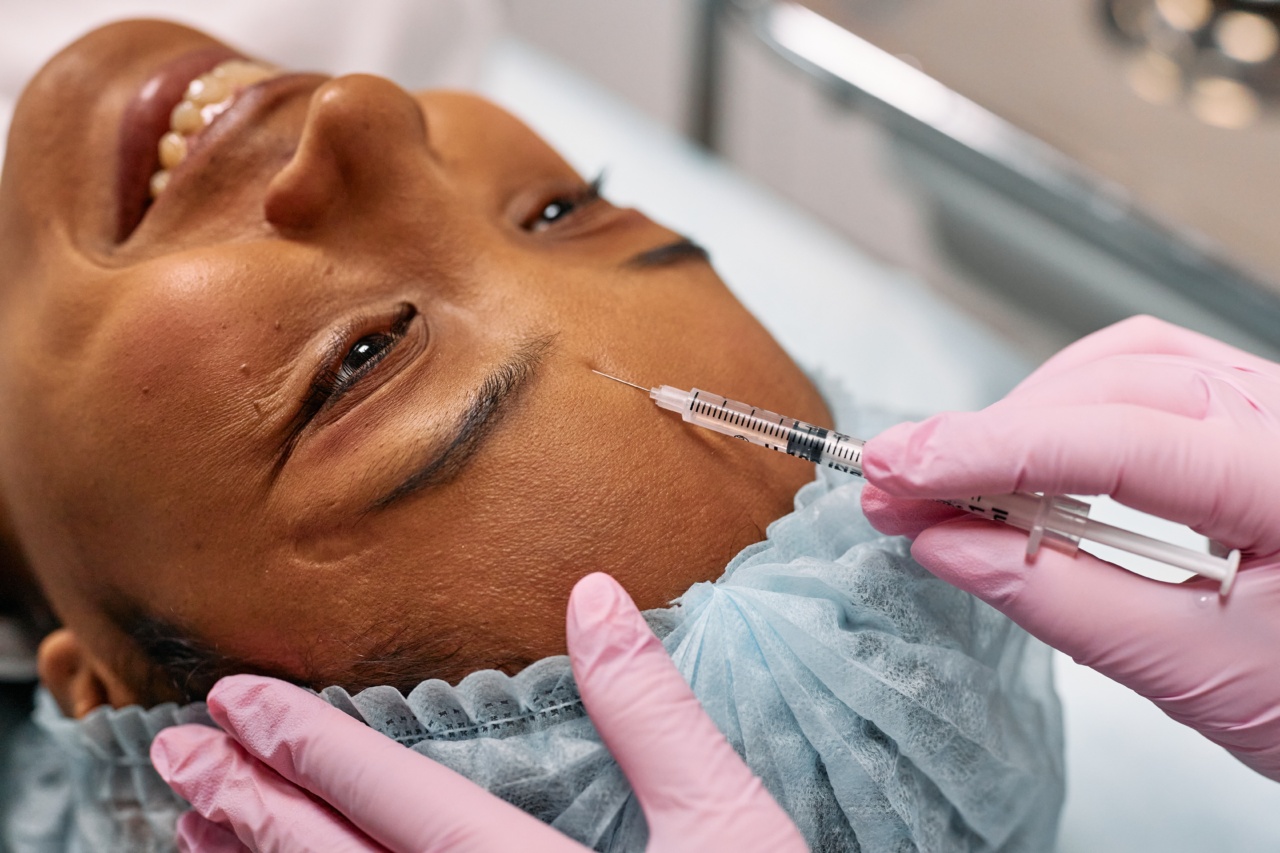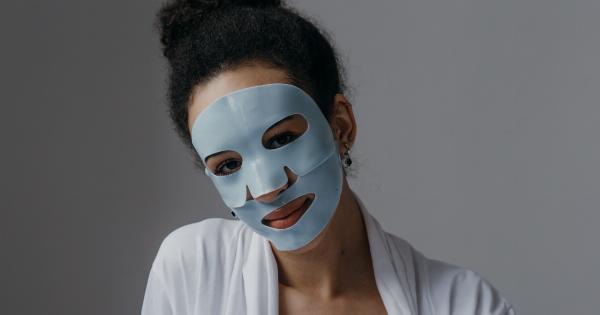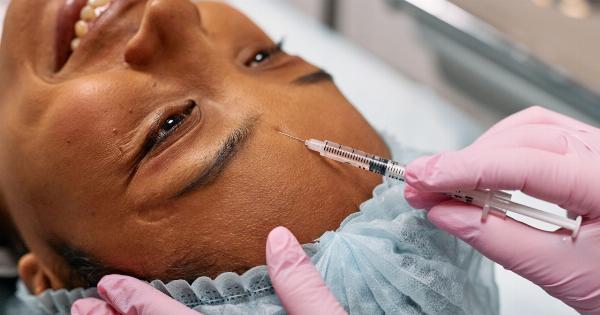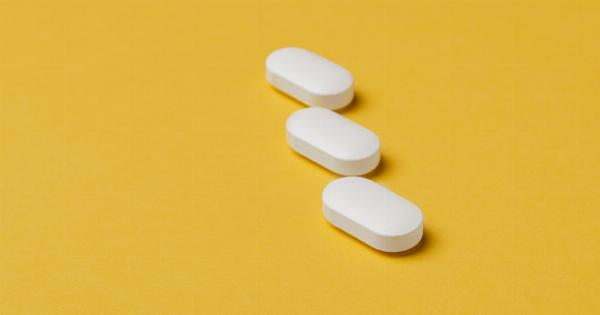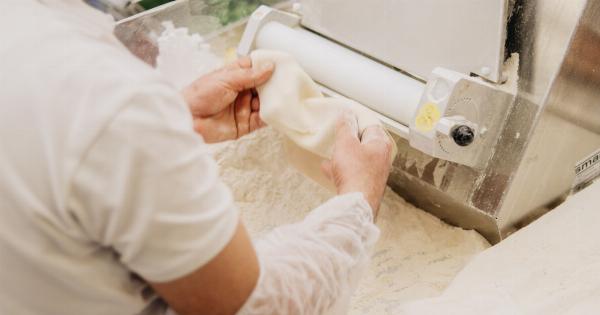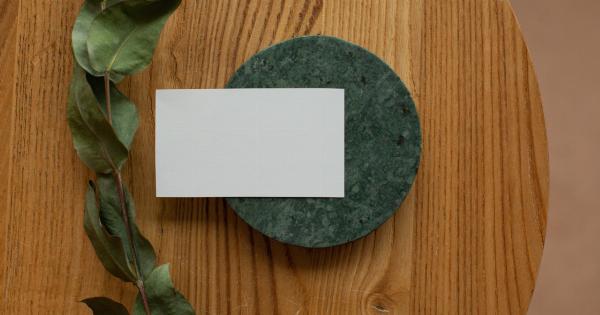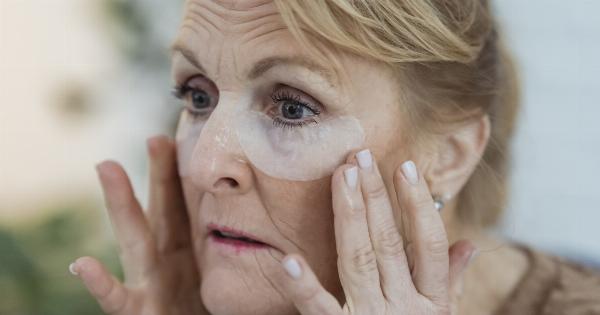Botox, also known as Botulinum Toxin, is a neurotoxin protein produced by the bacterium Clostridium botulinum. It has been used medically for over 50 years and is now one of the most popular forms of non-surgical cosmetic treatments in the world.
Botox works by temporarily blocking the signals that nerves send to muscles, thereby relaxing the muscles and reducing the appearance of wrinkles.
How Does Botox Work?
When Botox is injected into a muscle, it blocks the nerve signals that tell the muscle to contract. This causes the muscle to relax, which smoothes out any wrinkles or fine lines that are caused by repeated muscle contractions.
Botox is most commonly used on the forehead, around the eyes (crow’s feet), and between the eyebrows (frown lines).
How Long Do Botox Injections Last?
Botox is not permanent, and the effects of the treatment typically last for 3-6 months. However, the duration of the effects can vary, depending on factors such as the individual’s metabolism and the dosage of Botox that was used.
Are Botox Injections Safe?
Botox is generally considered safe when administered by a trained and experienced medical professional. However, there are potential risks and side effects associated with the treatment, including bruising, swelling, headache, and allergic reactions.
It is important to discuss any concerns or medical conditions with your healthcare provider before receiving Botox injections.
What are Permanent Injections?
Permanent injections, also known as facial fillers or dermal fillers, are a type of cosmetic treatment that involves injecting materials (such as hyaluronic acid or collagen) into the skin to add volume and reduce the appearance of wrinkles, fine lines, and other signs of aging.
How Do Permanent Injections Work?
Facial fillers work by filling in areas of the face that have lost volume and elasticity due to aging, sun exposure, or other factors. The injected material smooths out wrinkles and fine lines, and can also be used to sculpt and contour the face.
Unlike Botox, which works by relaxing muscles, facial fillers work by adding volume to the skin and underlying tissues.
Are Permanent Injections Safe?
Facial fillers are generally considered safe when administered by a trained and experienced medical professional.
However, there are potential risks and side effects associated with the treatment, including bruising, swelling, infection, and allergic reactions. It is important to discuss any concerns or medical conditions with your healthcare provider before receiving facial filler injections.
Can Botox Help with Permanent Injections?
Botox and permanent injections are two different types of cosmetic treatments, and they are not typically used together. However, in some cases, Botox can be used to enhance the effects of facial fillers.
For example, Botox can be used to relax the muscles around the mouth, which can make the lips appear fuller after a lip injection with hyaluronic acid or other fillers.
What are Some Alternatives to Botox and Permanent Injections?
There are several non-surgical alternatives to Botox and permanent injections that can help reduce the appearance of wrinkles, fine lines, and other signs of aging. Some of these options include:.
- Laser skin resurfacing
- Chemical peels
- Microneedling
- Topical creams and serums
Conclusion
Botox and permanent injections are two popular and effective cosmetic treatments for reducing the signs of aging.
While Botox works by relaxing muscles to smooth out wrinkles, facial fillers work by adding volume to the skin for a more youthful appearance. Both treatments are generally safe when administered by a trained medical professional, and can provide lasting results.
However, it is important to discuss any concerns and medical conditions with your healthcare provider before undergoing any cosmetic treatment.
